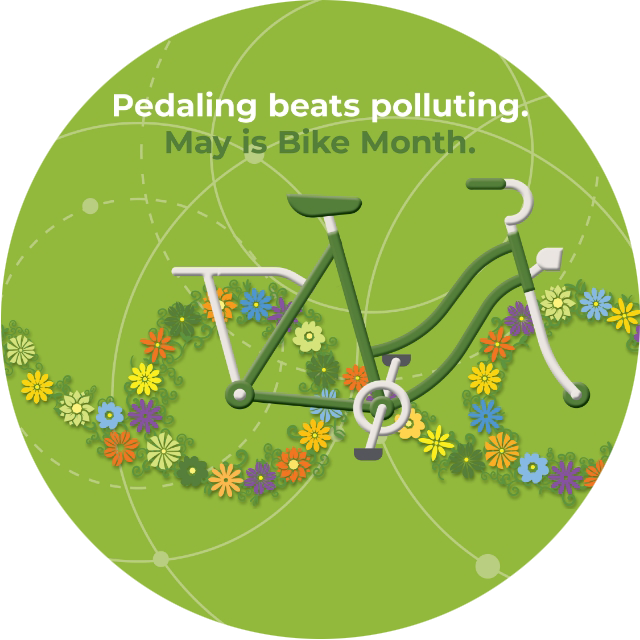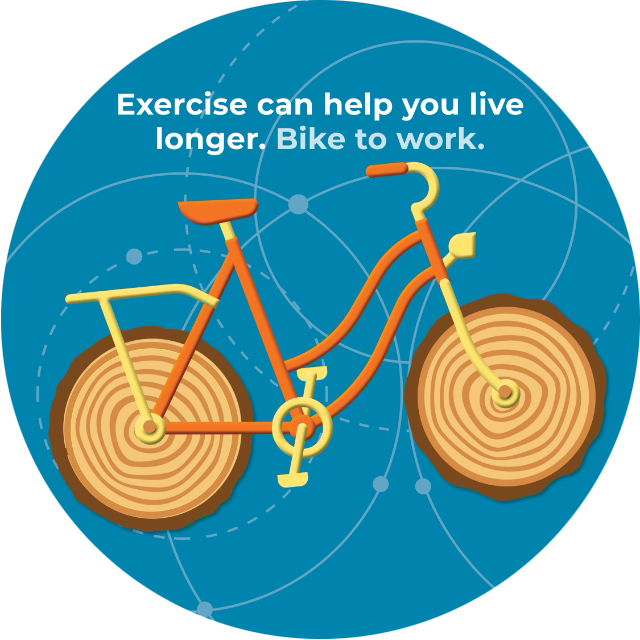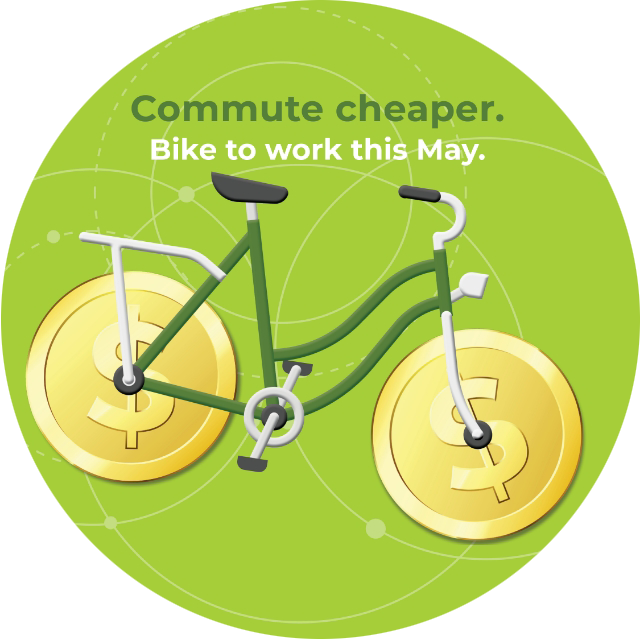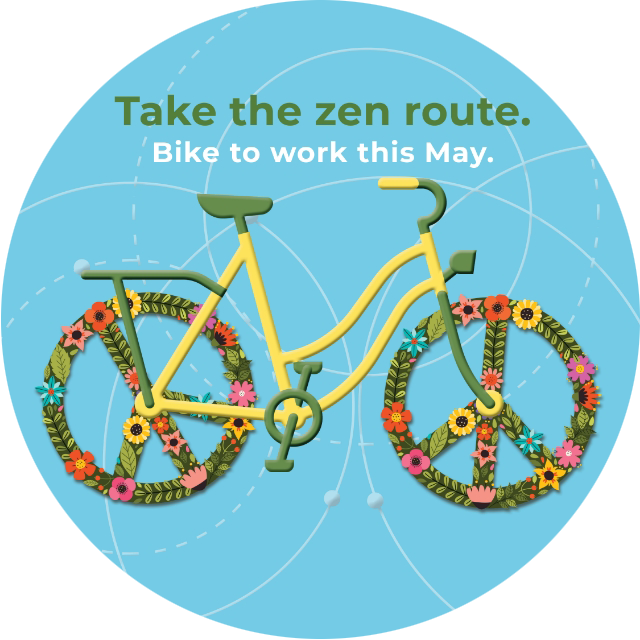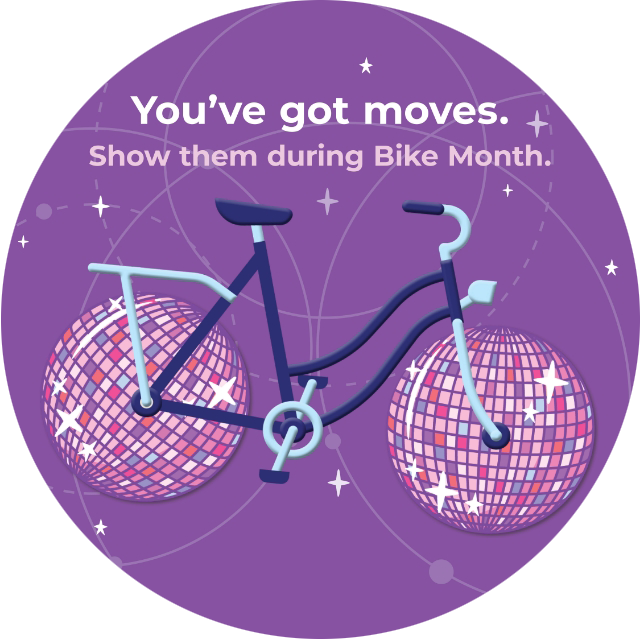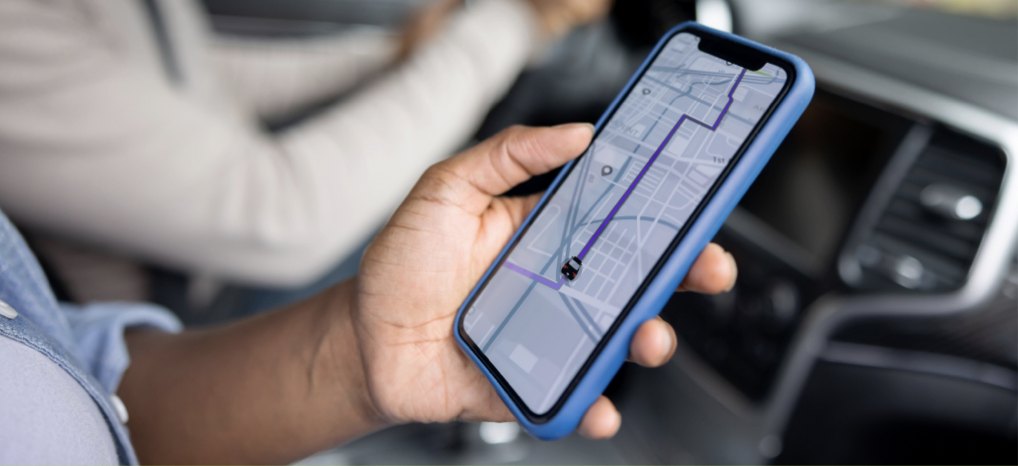Bike
Bicycling is a healthy, economical, and environmentally friendly way to get to work. According to the 2019 American Community Survey, more than 800,000 people in the U.S. bike to work each day. Learn how you can commute by bike conveniently, safely, and comfortably. Our biking tips and maps are useful for recreational riding too!
How to Commute by Bike
To bike all or part of the way to work, you have several options:
- Use your region’s rider rewards app or your favorite mapping tool to find bike routes to your workplace.
- Combine biking with public transit by biking to a bus stop, metro station, or train station. In many cases, you can take your bike with you the rest of the way: Many Virginia transit buses have bike racks, and Metro and VRE allow bikes on board.
- Check for bike share programs in your area, like the ones that serve Richmond and parts of Northern Virginia. These programs let you rent a bike for short trips by picking them up and dropping them off at designated stations.
Get your region’s rider rewards app today.
Download the AppHow to Load Your Bike Onto Public Transit
Interested in multimodal commuting but unsure how it works? Watch our video to see how easy it is to load your bike on the bus!
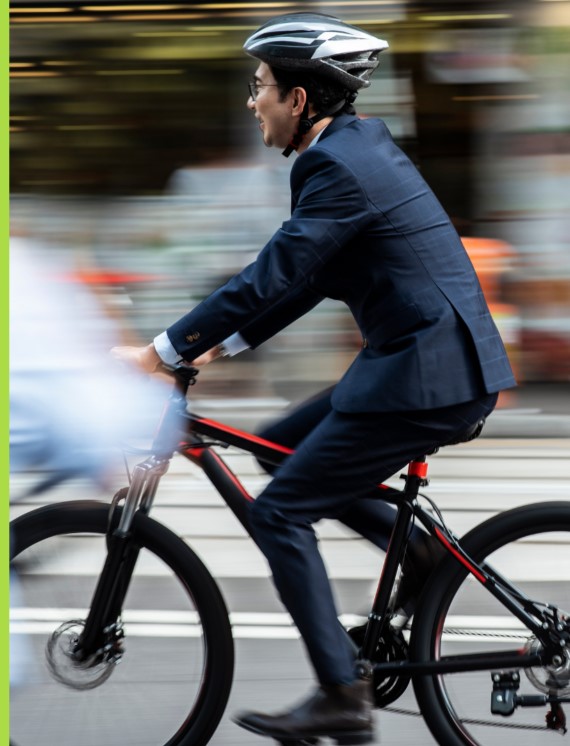
Bike Safety and Protected Lanes
Shielded by protected barriers from vehicular traffic, these dedicated lanes ensure peace of mind and encourage more people to embrace cycling as a reliable mode of transportation. Finding Protected Bike lanes near you is a great way to ease into incorporating cycling into your daily life for commuting and running errands.
Bike Safety:
- Wear a helmet and bright clothing
- Use Protected Bike lanes when available
- Use both a front and rear light if riding when dark
- Do regular tune ups and make sure your bike is in optimal shape
- Be aware of your surroundings and abide by the rules of the road
